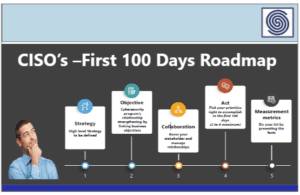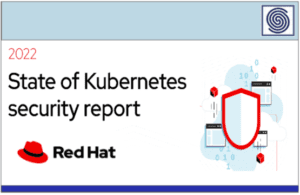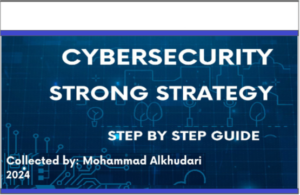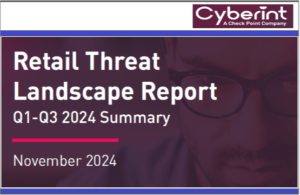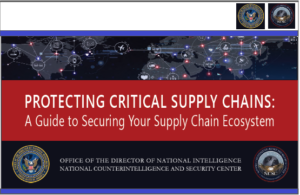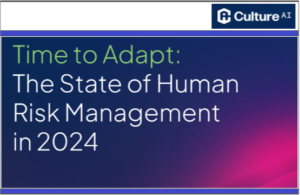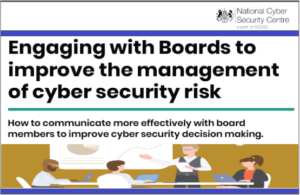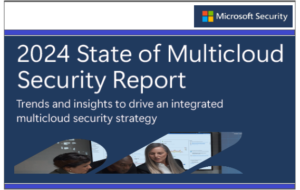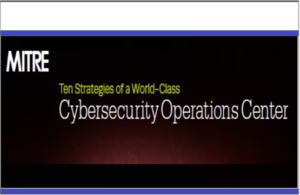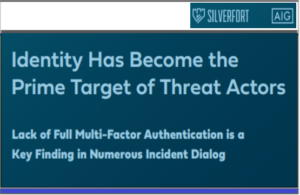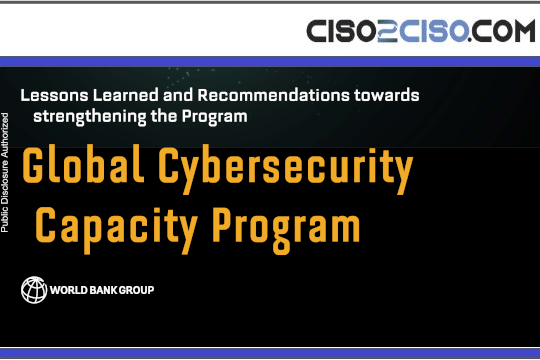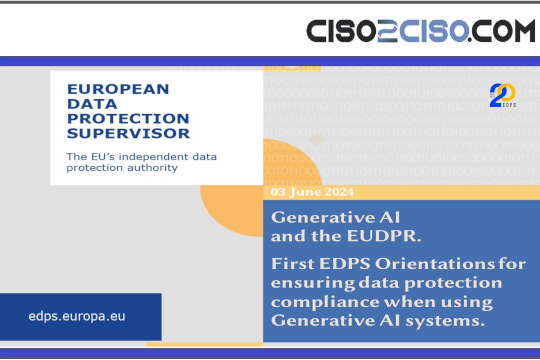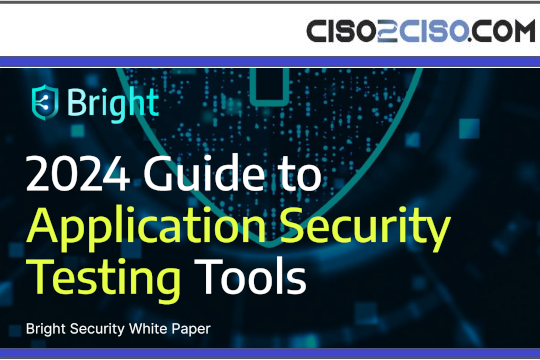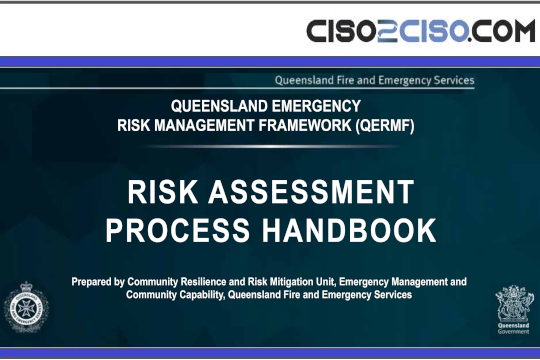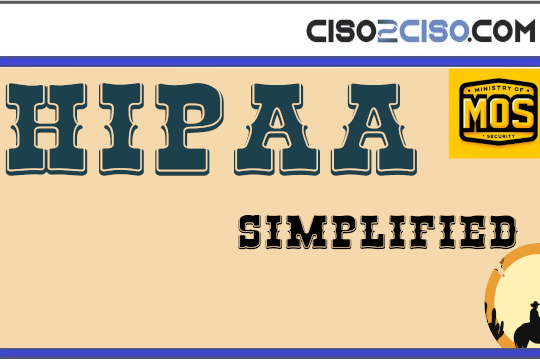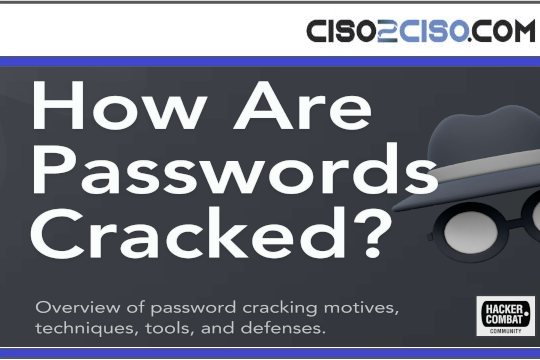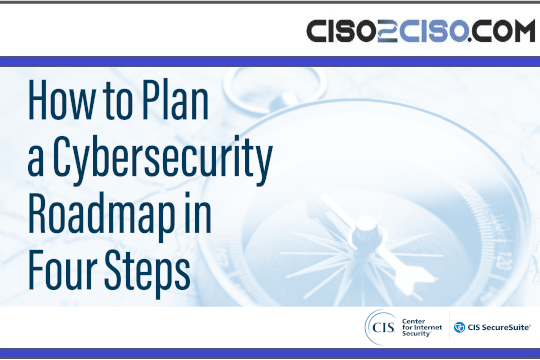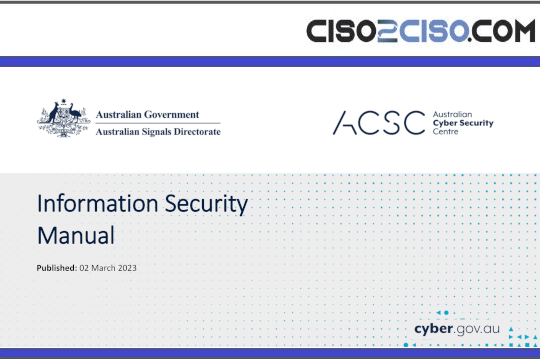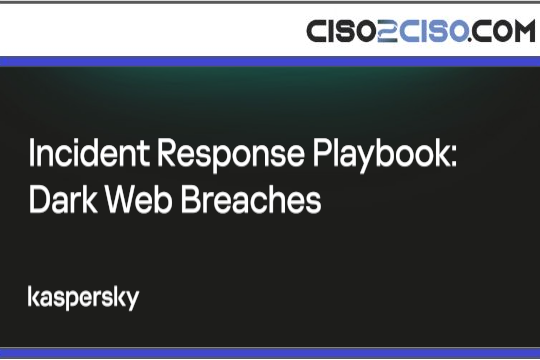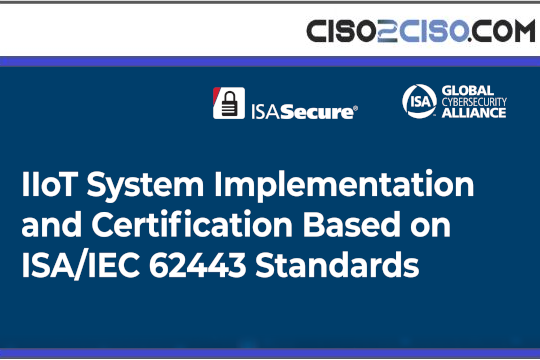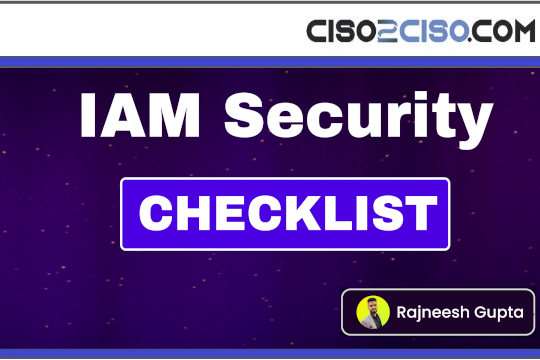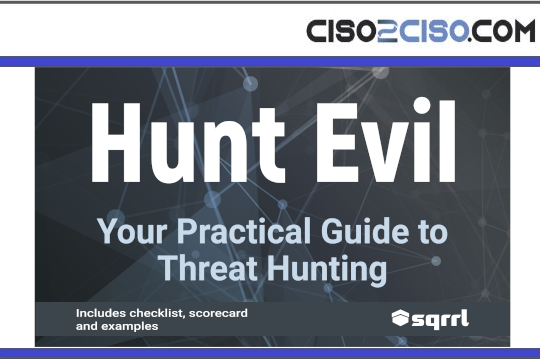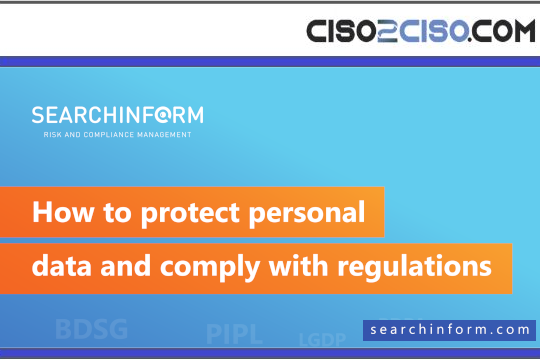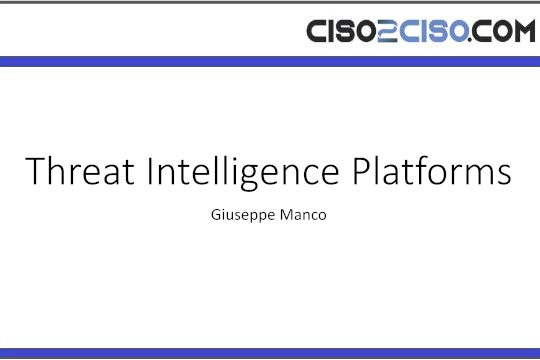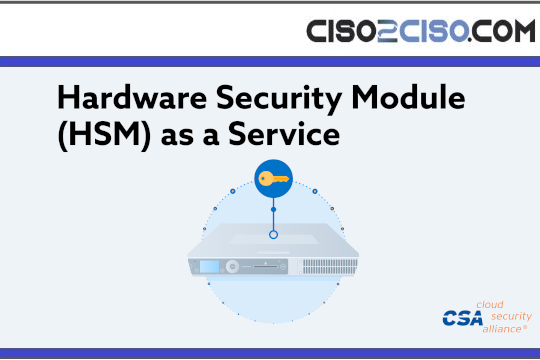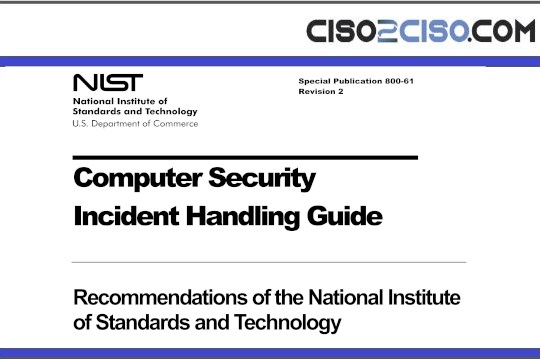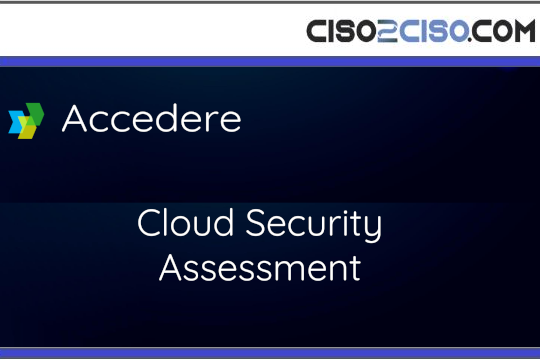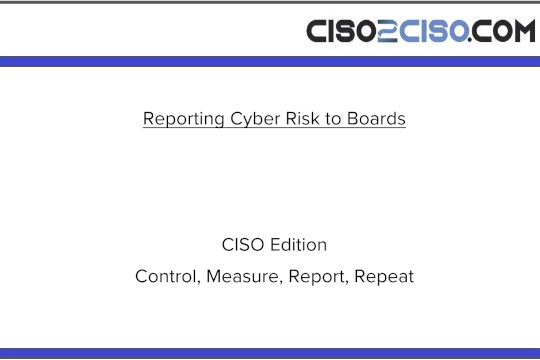Source: levelblue.com – Author: hello@alienvault.com.
March 2025: Cybersecurity Consulting Update: Key Cybersecurity Risks and Protection Strategies
This blog post provides a high-level overview of the latest cybersecurity threats for the month of March, to inform businesses and tech users about key risks. For detailed technical insights, refer to the accompanying PowerPoint briefing available at here.
Cybersecurity threats escalated in March, with significant attacks, breaches, and vulnerabilities impacting organizations worldwide. From ransomware surges to exploited software flaws, businesses faced a challenging landscape. This brief summarizes the most pressing issues and offers practical steps to stay safe.
New Vulnerabilities Across Major Vendors
Microsoft released critical patches for Windows and related products, addressing remote code execution vulnerabilities in Remote Desktop Services, Windows Subsystem for Linux, DNS, and Microsoft Office. Actively exploited issues in NTFS, Kernel Subsystem, exFAT, and USB-related drivers raised privilege escalation concerns.
Best Practice: Conduct regular vulnerability scans and implement automated patch management to reduce exposure time.
Adobe, Apple, and Google addressed similar high-severity flaws across widely used software and mobile platforms. Apple’s WebKit flaw and Google’s Android zero-days (CVE-2024-43093, CVE-2024-50302) were both actively exploited.
Best Practice: Include mobile and endpoint protection in risk assessments, and ensure user awareness training covers app-based and browser-based threats.
Cisco, SAP, VMware, and Palo Alto patched critical vulnerabilities in enterprise systems. Of note, VMware’s memory management zero-day (CVE-2025-22224) could be remotely exploited, and Cisco’s web interface flaw (CVE-2025-22242) enabled command execution via HTTP. Best Practice: Segment network architecture and implement Zero Trust principles to limit lateral movement in the event of a breach.
CISA Known Exploited Vulnerabilities Catalog Updates
CISA added multiple new vulnerabilities to its Known Exploited Vulnerabilities Catalog, including:
- Cisco Small Business RV routers (command injection)
- Hitachi Pentaho Server (remote code execution)
- Windows Win32k (privilege escalation)
- Progress WhatsUp Gold (path traversal)
These impact critical infrastructure sectors.
Best Practice: Align patching with CISA KEV mandates and maintain asset inventories that link systems to vulnerability databases for prioritization.
Prevalent Threats: Ransomware and Cyberattacks
Ransomware remains a dominant threat.
In March:
- Clop exploited CVE-2024-50623 in Cleo file transfer tools, targeting retail, finance, and logistics.
- RansomHub compromised unpatched systems using stolen credentials.
- Medusa (Spearwing) deployed double extortion tactics.
- Akira exploited Windows kernel flaws to infiltrate financial and IT orgs.
- Black Basta targeted healthcare, with some affiliates migrating to Cactus and Akira groups.
Best Practice:
- Implement multi-layered defenses: EDR/XDR, network segmentation, offsite backups.
- Develop and test an Incident Response Plan with ransomware-specific playbooks.
- Use MFA, even for internal systems, and rotate credentials after any compromise.
Major Cyberattacks: Impact and Response
- City of Mission, TX declared a state of emergency after a ransomware attack.
- National Presto Industries experienced disruption across shipping and manufacturing.
- Penn-Harris-Madison school district was attacked, causing learning interruptions.
- POLSA (Poland’s space agency) suffered unauthorized access.
- Malvertising campaigns used fake streaming sites to deliver Lumma Stealer and Doenerium via GitHub, Discord, and Dropbox links.
Cybersecurity Best Practices
To strengthen your organization’s resilience against the threats outlined above, consider adopting these consulting-aligned strategies:
- Threat Modeling Workshops – Identify high-risk assets, likely attack paths, and mitigation strategies tailored to your business model.
- Breach Readiness Assessments – Evaluate your IR capabilities, containment timelines, communication protocols, and backup integrity.
- Security Program Maturity Reviews – Map your existing security controls to frameworks like NIST CSF, CIS Controls, or ISO 27001, and identify gaps.
- Board and Executive Cyber Briefings – Translate technical risk into business impact to drive budget prioritization and leadership buy-in.
- Third-Party Risk Assessments – Evaluate the cybersecurity posture of key vendors, especially those handling sensitive data or integrations.
- Cyber Insurance Gap Analysis – Ensure your technical safeguards meet insurer expectations and understand coverage limitations in real-world scenarios.
Final Thoughts
The threats of March 2025 reveal the increasing speed, creativity, and impact of cyberattacks. As vulnerabilities emerge faster and ransomware tactics evolve, proactive preparation and continuous monitoring are vital. Organizations that combine technology with strategic consulting support can better anticipate risks, protect operations, and recover quickly from incidents. Stay informed, stay patched, and stay secure!
Original Post url: https://levelblue.com/blogs/security-essentials/march-2025-cybersecurity-consulting-updates-and-ransomware-activity
Category & Tags: –
Views: 2




